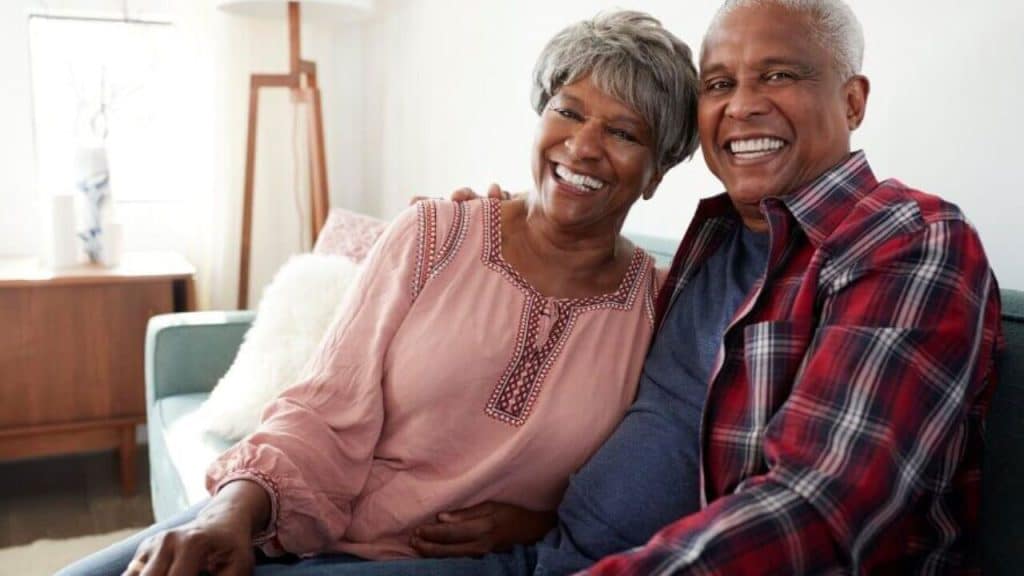Longevity science isn’t just about developing clever new drugs to fight off the effects of aging. It’s about the psychology of it all, and about how we make individuals, companies and governments want to invest in and make use of longevity tools. Changing attitudes, and society as a whole, are vital for ensuring a better-quality old age. That includes if we want people to be able to age in place (https://longevity.technology/news/the-three-pillars-for-success-in-aging-in-place/).
Aging in place is about allowing older people to remain in their homes, with adjustments if necessary, rather than forcing them to move into residential accommodations. Most people will tell you they’d rather be in their own place, surrounded by their own things. Ask experts, and they’ll tell you that people who can stay at home tend to be happier and healthier than those who do not. Unfortunately, there are a few barriers to break down first.
Using the right language is one of them. It may seem inconsequential, but when you go around describing interventions for “old” people, a lot of those people are going to feel so resentful about the fact you’re calling them old that they’ll refuse to engage any further. Be positive and aspirational in your language, and don’t spend time dwelling on perceived weaknesses or deficits.
It’s also worth thinking more widely about your designs. What do you picture when you imagine the grab rails that help people with mobility issues move around safely? White, clinical installations just like in a hospital? Add some color and style; make them part of the wider aesthetic of the house rather than a label that screams frailty. If your in-home adaptations look good, people will be more willing to have them fitted and make use of them, making aging at home much easier.
For businesses, it’s about funding. A lot of older people have limited incomes and can’t afford costly interventions. Will the government pay? Charities? If you want a successful business model, you need to identify your target audience.
A lot of current homes are designed for the young. People fall in love with them, move in, and then are forced to relocate because they can’t be adapted for someone old and frail. By making homes accessible to everyone from the start, we may be able to break down some barriers so aging in place becomes the norm.




